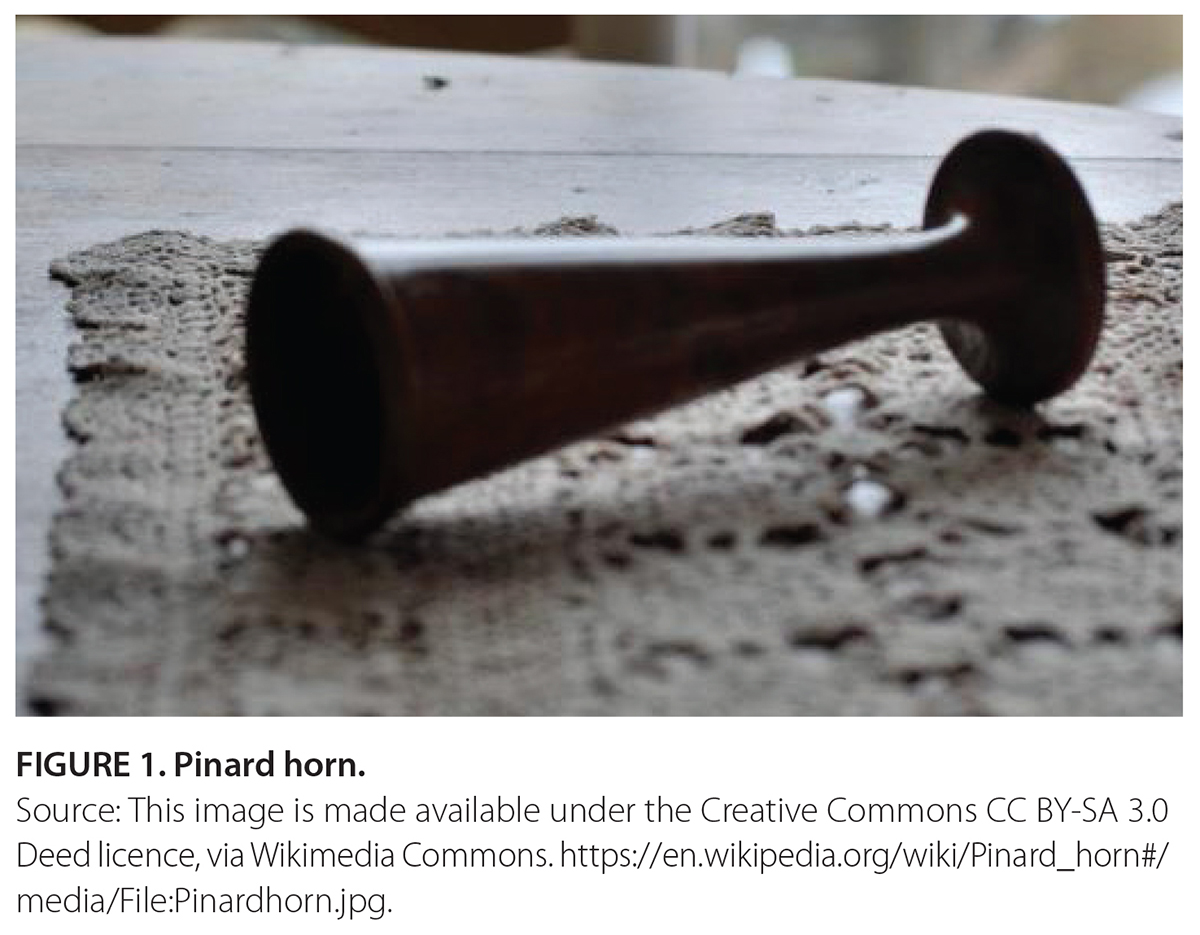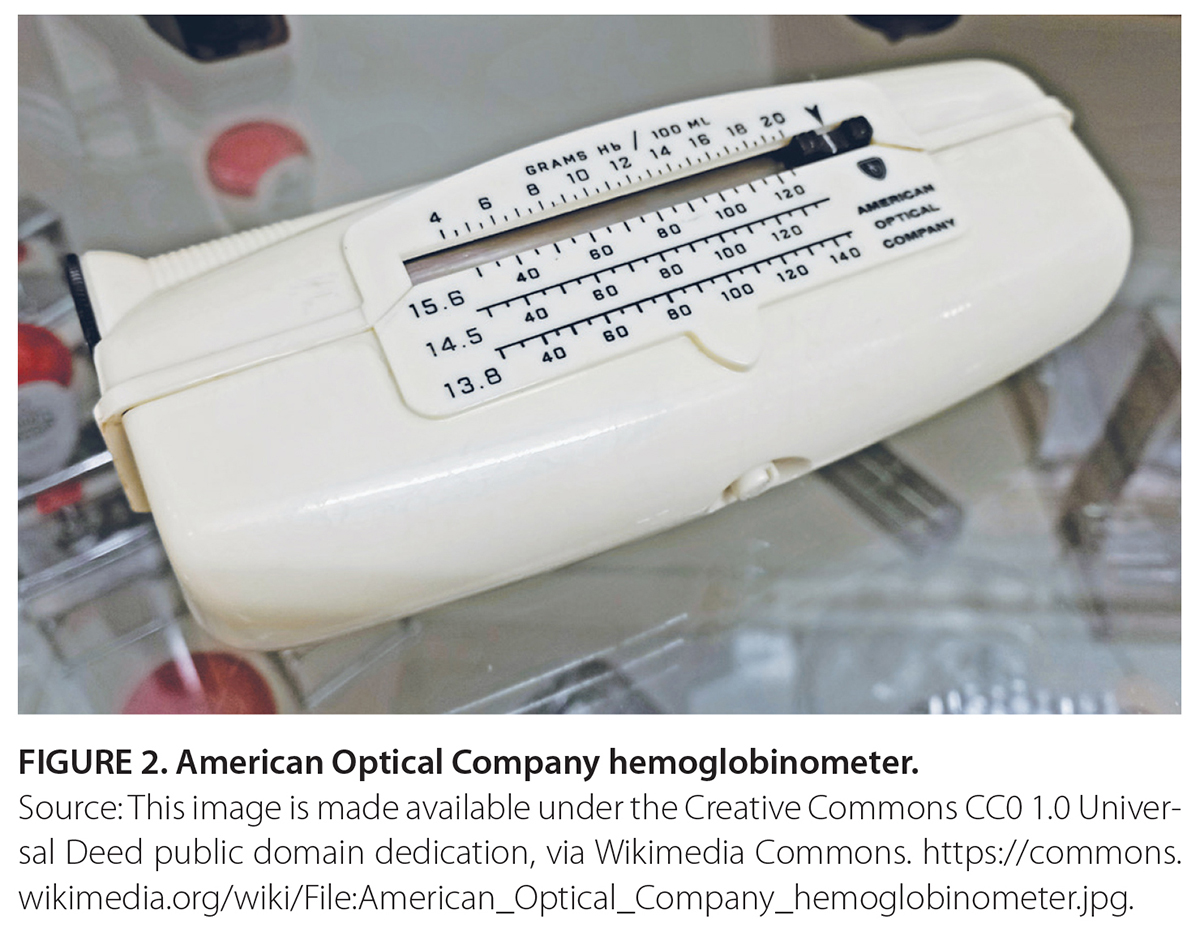I wonder which committee thought that one up
Our hospital’s physician wellness committee is constantly looking for ways to promote and improve the wellness of our physician group. One of our recent projects was to resurrect the tradition of recognizing physicians for their contributions to health care in our community and their lengths of service (a good number of our physicians have given 30 to 37 years; I’ve been there for 31).
Many years ago, our hospital used to honor hospital staff (including nurses and physicians) for their length of service. Somehow, over the years, the practice continued for all hospital staff except physicians.
Our project culminated in an awards dinner—a big thank you to our colleagues who organized this—which was open to all physicians associated with the hospital and their partners, and it promised to be a fun evening. In a previous editorial, I referenced the practice of gratitude as a way to avoid burnout.[1] This was an opportunity for us to experience the gratitude bestowed upon us by others. Unfortunately, as is often the case, the turnout of physicians was lower than expected, but the people who usually attend hospital functions were there.
The OGs who were present had a fun time reminiscing about days gone by. We recalled a time when we could admit patients directly from our clinics, without having to send them to the emergency department. Those were the days when our hospital had beds and staff available.
 All the reminiscing got me thinking back to my medical school days when we used equipment that is now relegated to the history books. Auscultating the fetal heart was done with a Pinard horn [Figure 1], which worked like an ear trumpet to amplify the sound of the fetal heartbeat. We checked hemoglobin at the bedside with a hemoglobinometer [Figure 2]. We had to takes erythrocyte sedimentation rates and cell counts manually. In those days, the latest drug to treat stomach ulcers was cimetidine, and it was so expensive that only the top consultants could order it.
All the reminiscing got me thinking back to my medical school days when we used equipment that is now relegated to the history books. Auscultating the fetal heart was done with a Pinard horn [Figure 1], which worked like an ear trumpet to amplify the sound of the fetal heartbeat. We checked hemoglobin at the bedside with a hemoglobinometer [Figure 2]. We had to takes erythrocyte sedimentation rates and cell counts manually. In those days, the latest drug to treat stomach ulcers was cimetidine, and it was so expensive that only the top consultants could order it.
 But I digress. The awards dinner was supported by the medical staff association and the Fraser Health Authority, which provided plaques and lapel pins for physicians being recognized. Physicians were called up in ascending order of their years of service, in 5-year blocks. When the presenter got to those who had served the hospital for 25 years, she included all who had served our community for 25 years and beyond. Apparently they made plaques recognizing up to 25 years of service and pins recognizing up to 20 years of service. How difficult could it have been to do it more precisely?
But I digress. The awards dinner was supported by the medical staff association and the Fraser Health Authority, which provided plaques and lapel pins for physicians being recognized. Physicians were called up in ascending order of their years of service, in 5-year blocks. When the presenter got to those who had served the hospital for 25 years, she included all who had served our community for 25 years and beyond. Apparently they made plaques recognizing up to 25 years of service and pins recognizing up to 20 years of service. How difficult could it have been to do it more precisely?
I am still struggling to understand this, considering a good number of our physicians have given substantially more years of service. Perhaps it was because the health authority was formed in 2001, or perhaps they’ve lost track of how many years each of us has served. All they had to do was ask. Instead, it felt as if they were saying “Thank you, Dr Chapman, for 25 years of service. Your additional 6 years of service don’t really matter.” I wonder which committee thought that one up.
—David B. Chapman, MBChB
hidden
 |
| This work is licensed under a Creative Commons Attribution-NonCommercial-NoDerivatives 4.0 International License. |

